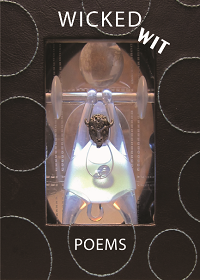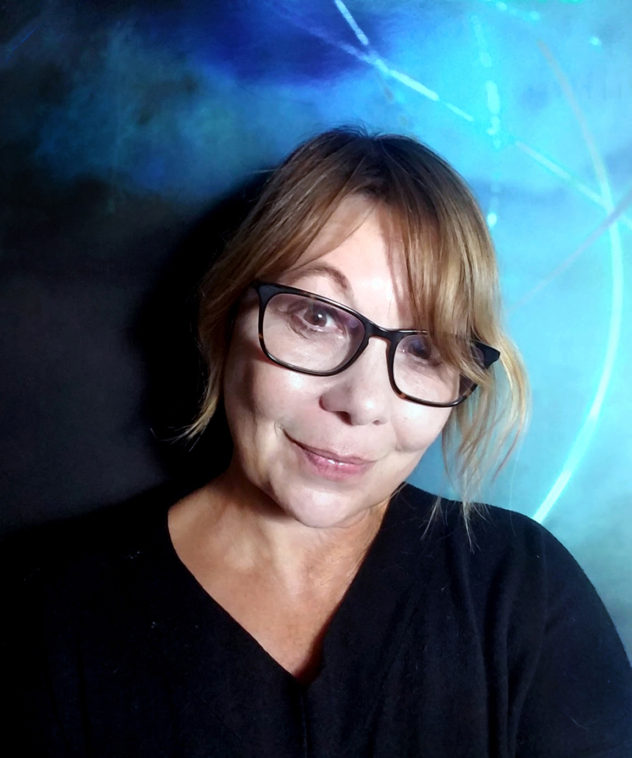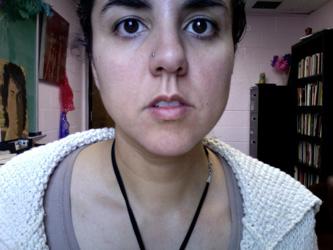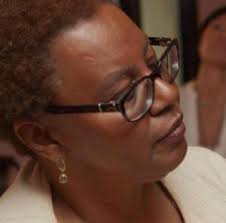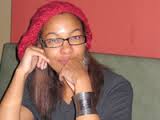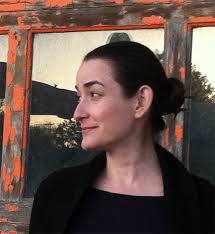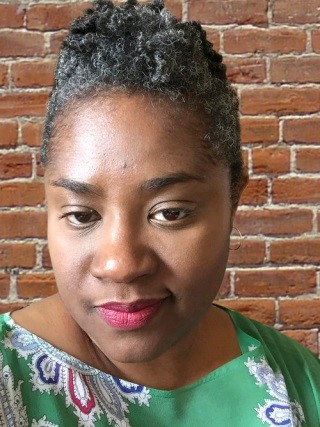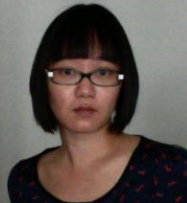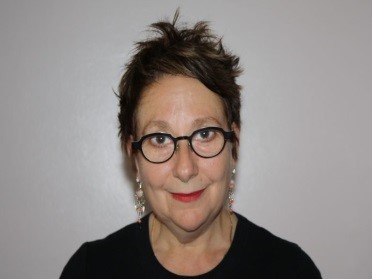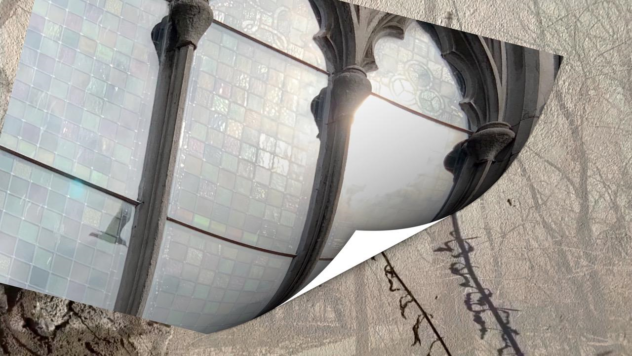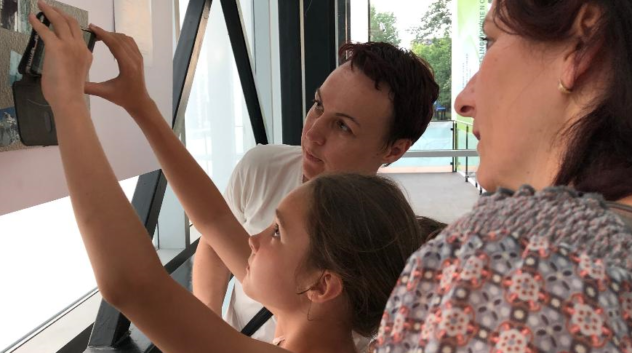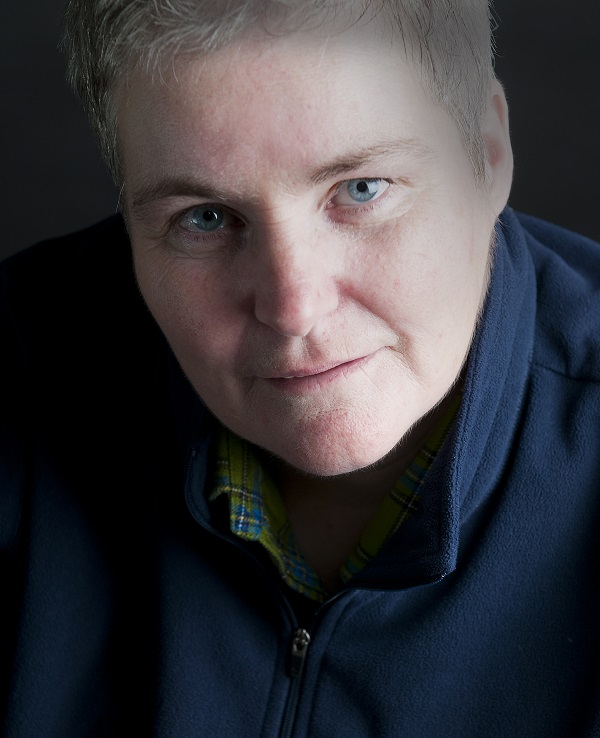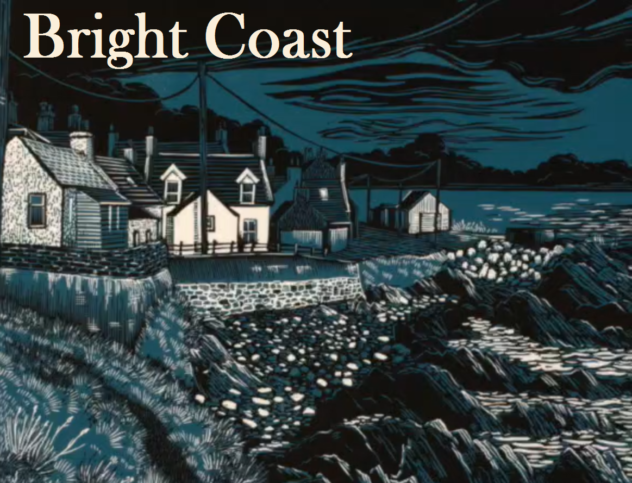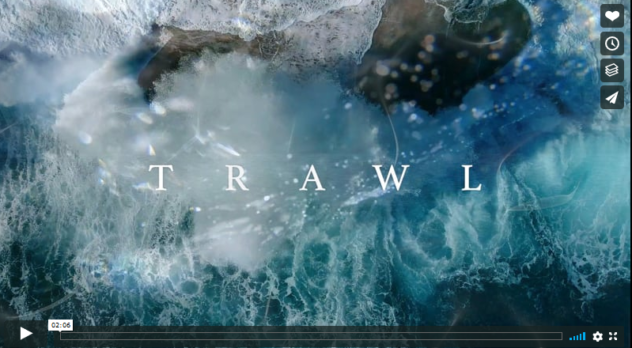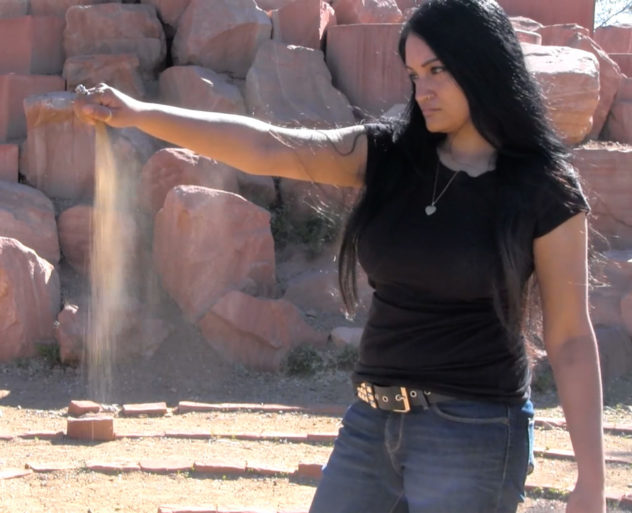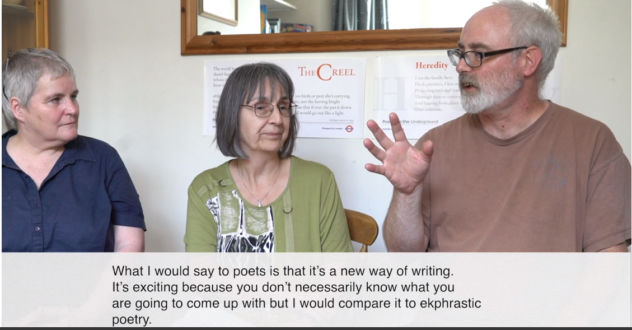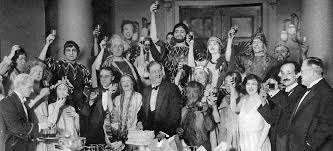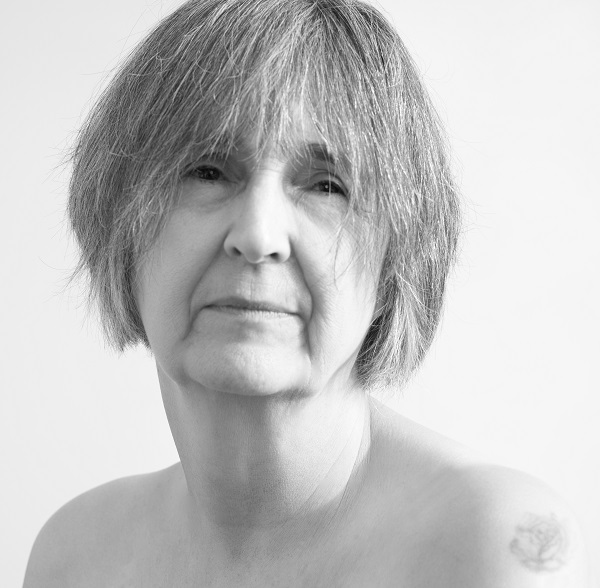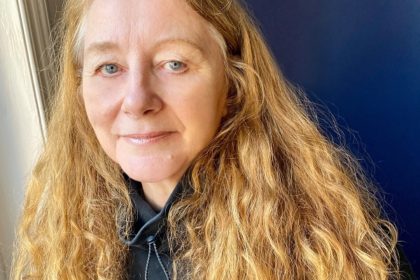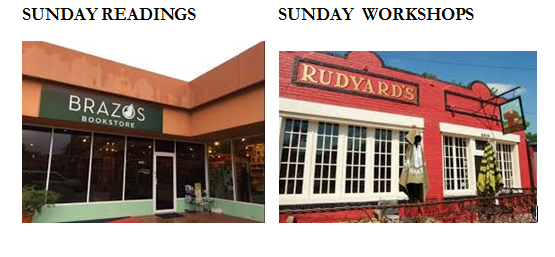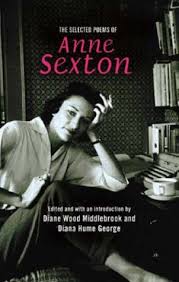 Anne Gray Harvey Sexton (9 Nov. 1928-4 Oct. 1974), poet and playwright, was born in Newton, Massachusetts, [and endured a dysfunctional childhood.] In 1957 Sexton joined several Boston writing groups, and she came to know such writers as Maxine Kumin, Robert Lowell, George Starbuck, and Sylvia Plath. Her poetry became central to her life, and she mastered formal techniques that gained her wide attention. Contrary to her seemingly confident public manner, however, Sexton was heavily dependent on therapists, medications… [experienced] continual depressive bouts, unexpected trance states, and comparatively frequent suicide attempts. [In the 70s] aware that many of her readers did not like the religious poetry that she had recently begun writing with her more personal themes, Sexton became nervous about her poetry. Readings had always terrified her, but now she employed a rock group to back up her performances. She forced herself to be an entertainer, while her poems grew more and more privately sacral. In October 1974, after having lunched with Maxine Kumin, Sexton asphyxiated herself with carbon monoxide in her garage in Boston. The Awful Rowing toward God [was] published posthumously in 1975. Excerpted from biography by Linda Wagner-Martin.
Anne Gray Harvey Sexton (9 Nov. 1928-4 Oct. 1974), poet and playwright, was born in Newton, Massachusetts, [and endured a dysfunctional childhood.] In 1957 Sexton joined several Boston writing groups, and she came to know such writers as Maxine Kumin, Robert Lowell, George Starbuck, and Sylvia Plath. Her poetry became central to her life, and she mastered formal techniques that gained her wide attention. Contrary to her seemingly confident public manner, however, Sexton was heavily dependent on therapists, medications… [experienced] continual depressive bouts, unexpected trance states, and comparatively frequent suicide attempts. [In the 70s] aware that many of her readers did not like the religious poetry that she had recently begun writing with her more personal themes, Sexton became nervous about her poetry. Readings had always terrified her, but now she employed a rock group to back up her performances. She forced herself to be an entertainer, while her poems grew more and more privately sacral. In October 1974, after having lunched with Maxine Kumin, Sexton asphyxiated herself with carbon monoxide in her garage in Boston. The Awful Rowing toward God [was] published posthumously in 1975. Excerpted from biography by Linda Wagner-Martin.
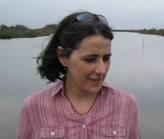 Martha Serpas is the author of three collections of poetry, The Diener (LSU); The Dirty Side of the Storm (W.W. Norton); and Côte Blanche (New Issues). Her work has appeared in The New Yorker, The Nation, Southwest Review, and Image: A Journal of the Arts and Religion, as well as in a number of anthologies, including the Library of America’s American Religious Poems, The Art of the Sonnet, and Bearing the Mystery: Twenty Years of Image. She holds degrees in English and creative writing from Louisiana State, New York University, and the University of Houston, and a master of divinity from Yale Divinity School. A native of south Louisiana, she remains active in efforts to restore Louisiana’s wetlands. Since 2006 she has worked as a trauma chaplain at Tampa General Hospital. She teaches in the Creative Writing Program at the University of Houston.
Martha Serpas is the author of three collections of poetry, The Diener (LSU); The Dirty Side of the Storm (W.W. Norton); and Côte Blanche (New Issues). Her work has appeared in The New Yorker, The Nation, Southwest Review, and Image: A Journal of the Arts and Religion, as well as in a number of anthologies, including the Library of America’s American Religious Poems, The Art of the Sonnet, and Bearing the Mystery: Twenty Years of Image. She holds degrees in English and creative writing from Louisiana State, New York University, and the University of Houston, and a master of divinity from Yale Divinity School. A native of south Louisiana, she remains active in efforts to restore Louisiana’s wetlands. Since 2006 she has worked as a trauma chaplain at Tampa General Hospital. She teaches in the Creative Writing Program at the University of Houston.
MARTHA SERPAS ON ANNE SEXTON
Anne Sexton is enshrined (entrapped) by the label confessional poet. She falls in and out of favor in surveys of twentieth-century poetry; and in major anthologies she is most often represented by poems like “Wanting to Die” (when she is included). Although, in part, her depictions of difficult emotional states, of mental illness, of “taboo” subjects like abortion attracted me to her work, it was the precision of her descriptions and the liveliness of her tropes that enthralled me. When I first read her Love Poems, “For My Lover Returning to His Wife” stood out. Its sharp edges and sustained emotional pitch were models of poetic precision. I studied its form and diction closely.
As a sophomore in college, I spent a summer at UT-Austin. The Ransom Center holds Sexton’s papers, and I spent much time reading her drafts and journals. Her marginalia was fascinating: “No, you can’t say that, Anne!” scribbled in the margin. I was able to see the development of “For My Lover” and other poems I admired. She rigorously worked her poems, rewriting lines, retyping, commenting to herself along the way.
Only incidental in All My Pretty Ones (1962) and Live or Die (1966), poems concerning God, Christ, Mary, angels and other divine beings, by The Book of Folly (1972) and The Awful Rowing Toward God (1975), form a majority of what is included in the works. Contained in The Book of Folly is a long series, The Jesus Papers, a wildly imaginative and comic depiction of the historical Jesus in various plights of Sexton’s creation. Sexton boldly usurps forms from Scripture—parables and constructions from the Psalter—for her own original metaphors. She transforms traditional religious material to her own poetic purposes, much as she recreated classic fables in Transformations.
One interviewer asked Sexton why she believed no critics were interested in approaching the religious strain in her work. She prophesied: “I think in time to come people will be more shocked by my mystical poetry than by my so-called confessional poetry.” Perhaps Sexton foresaw that subjects considered inappropriate for serious poetry in her time would become commonplace themes; critics would no longer be overwhelmed by that feature of her work. She may have concluded that her unique spiritual approach would replace her “sensational” subject matter as the focus of critical attention. Would that it were so.
The opening and closing poems of The Awful Rowing Toward God (published posthumously) show Sexton at her best. They remain characteristic of her use of middle-class domestic imagery: Plymouths, tomatoes, and tapioca abound. Without the gratuitous mockery of The Jesus Papers, Sexton is able to gather all her strengths—childlike voice of discovery, persuasive story-telling, varying rhythm, and explosive metaphor—into a moving narrative of her spiritual journey, a ferocious rowing mirrored by the intensity of her composition. She travels from the assembly line of faceless humans (“stamped out like a Plymouth fender”) through her difficult maturing to a personal God who “embraces” her madness (“the rat”) “with his two hands.”
Her spiritual adviser, a priest, once told her, “God is in your typewriter.”

